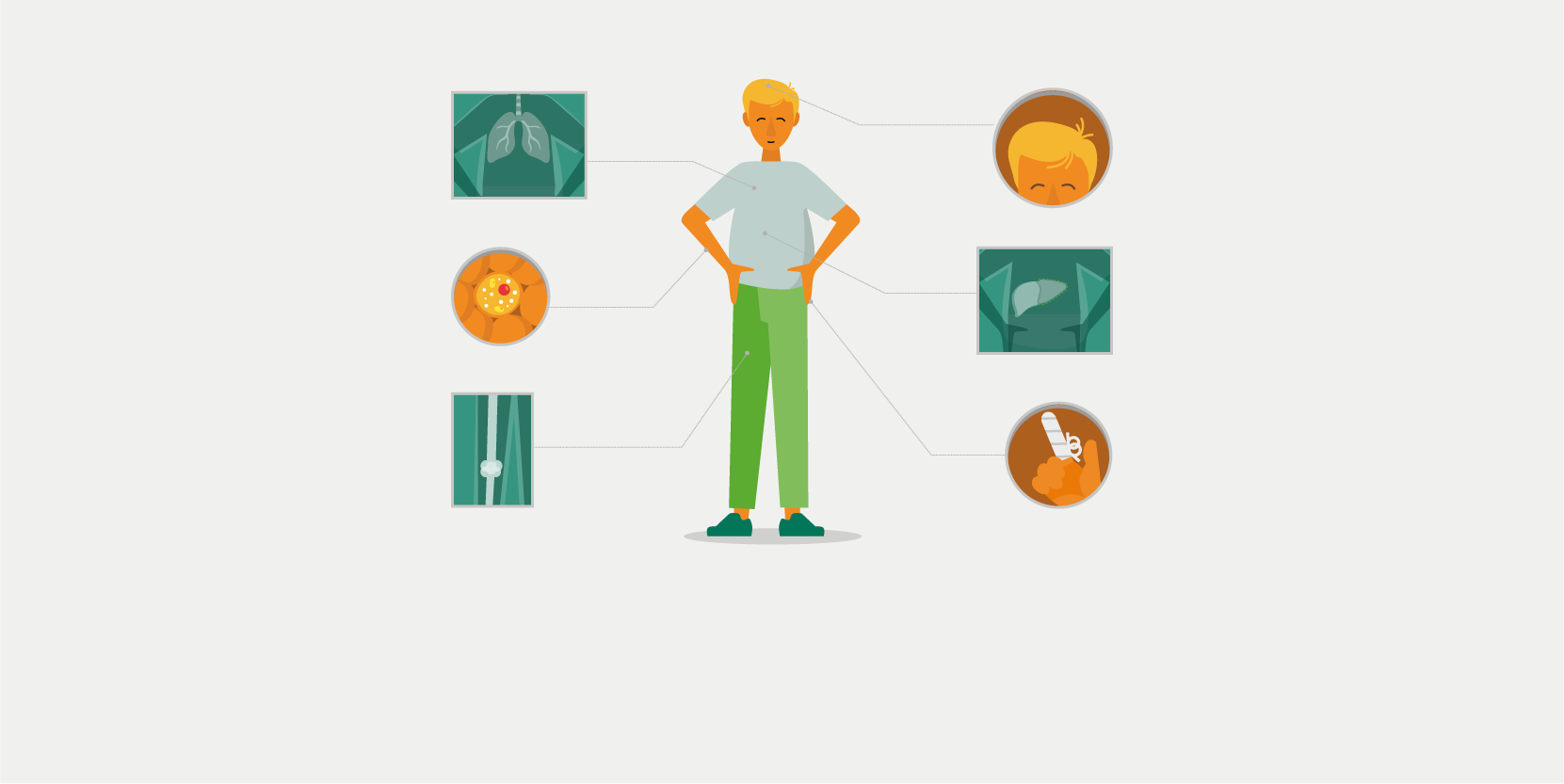Regeneration: how quickly the body renews its cells
If the axolotl loses a leg, it grows a new one. In humans, this is only possible in movies - right? Cell research shows: almost all human cells regenerate.

It is a long-held myth that the human figure, hair and personality change every seven years. However, cutting-edge cell research today shows that The body really regenerates “ but not only after seven years. The skeleton, and organs When old cells die, new ones grow to take their place. Some have been completely replaced in a short time, while others regenerate only slightly and over several years. Of all things, only 40 percent of the cells of our life pump, the heart, are renewed over a lifetime. Of all things, our heart has to make do with the majority of the same cells for a lifetime â€" a maximum of 40 percent renew themselves. How do other body cells compare?
Lungs
The effects of stopping smoking are immediately noticeable. After two days the sense of smell and taste return, after 12 weeks the circulatory system and lungs start to stabilise and, after five years, the risk of a heart attack is similar to that of a non-smoker.
Skin
SkinNew skin cells are constantly being generated in the basal cell layer. They keratinize within four weeks and move to the surface of the skin. Our skin completely regenerates in just one month. So this happens 12 times a year and 120 times in 10 years.
Liver
Good news for organ donors: If part of the liver is removed, it grows back to its original size within just six months!
Nail
NailsOur nails not only look different, they also grow at different rates. On average, they grow about 0.5-1.2 mm per week. The nails of the middle fingers grow fastest. Nails grow more slowly if we’re sick and as we get older.
hair.
On average our hair grows by 1 to 1.5 cm a month. That’s 12 to 18 cm a year. How fast our hair grows depends on age, hormones and ethnicity.
Bleeder
BloodMature blood cells have a limited life span. Our body must therefore constantly produce new blood cells. The bone marrow produces several billion blood cells a day.
Bones
BonesOur bones also renew themselves, but in many cases the system doesn’t work as well in older people as it does in young people, which is why the risk of bone diseases, such as osteoporosis, increases.
Survey
Take our quiz to find out how much you know about regeneration. Enjoy!


